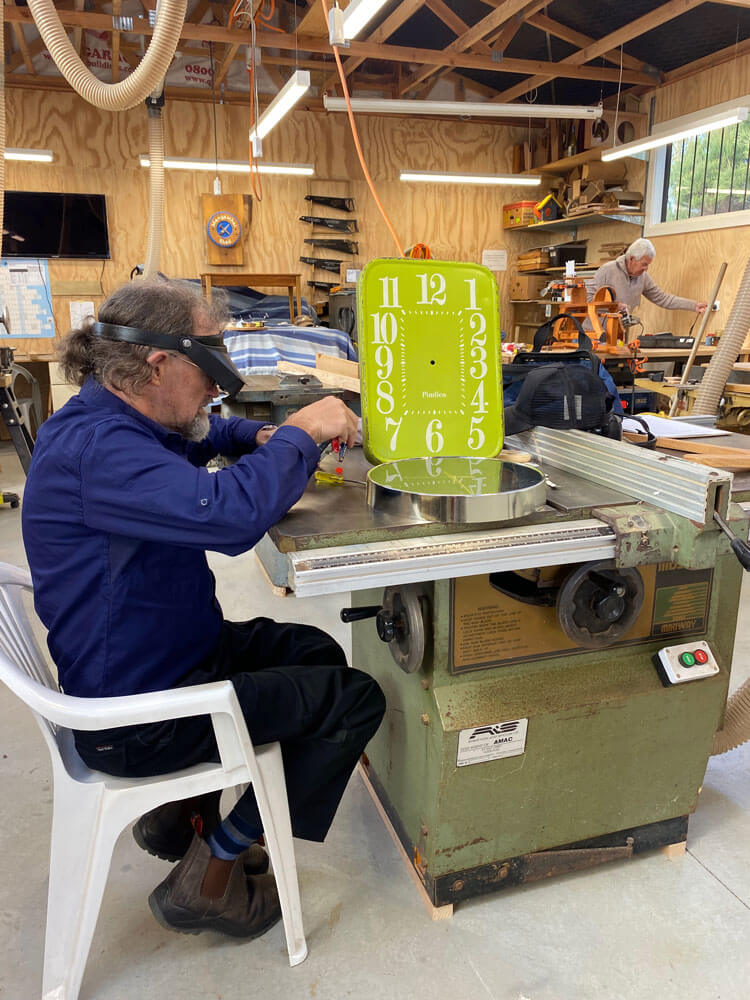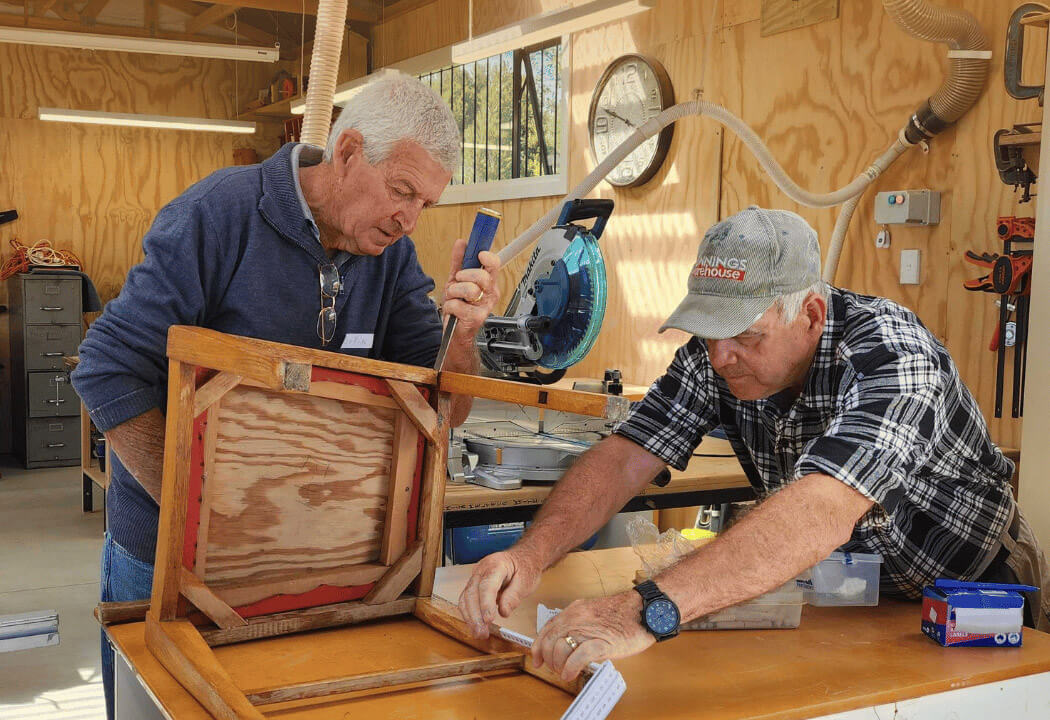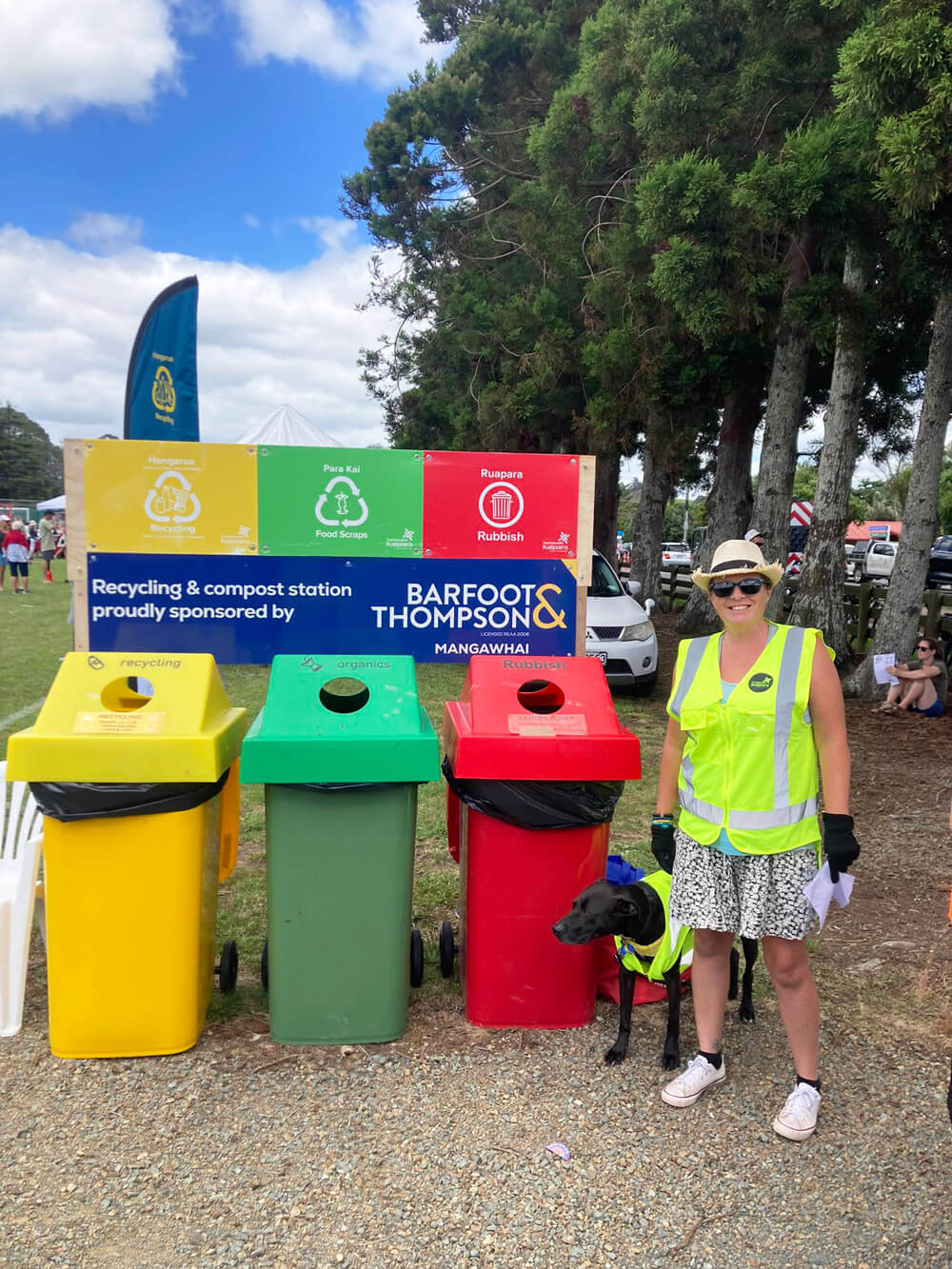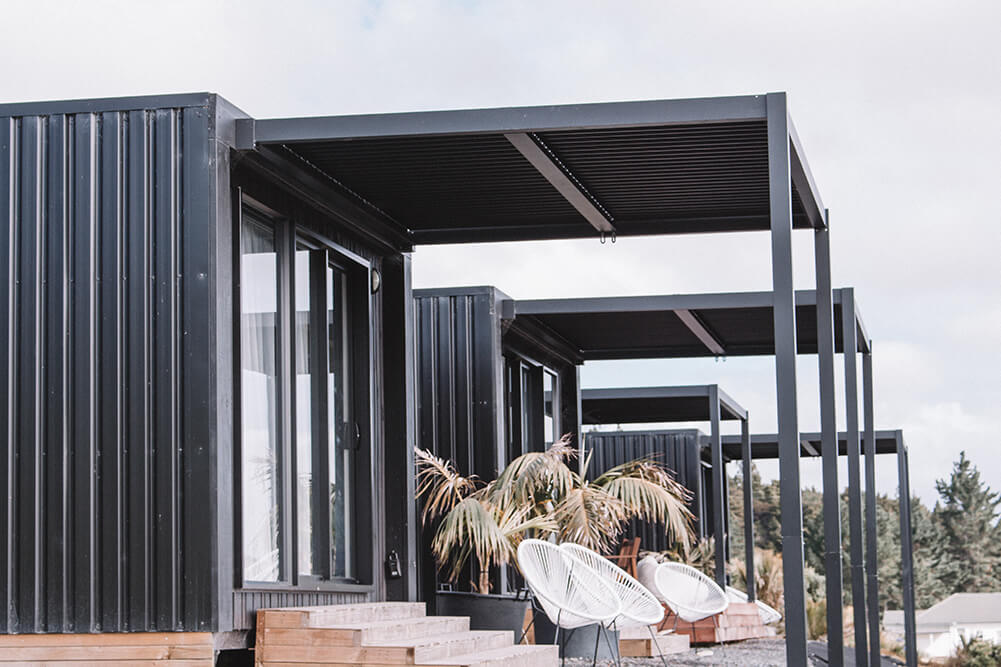Waste-to-energy (WTE) has been promoted as a solution to our growing waste problem, but recent studies show that it is not a viable long-term solution. In fact, it poses more harm than good to the environment and public health. Sustainable Kaipara is responding to the Kaipara District Council’s (KDC) announcement that they will investigate WTE options for Kaipara. Sustainable Kaipara believes this is a significant step in the wrong direction.
There are already affordable and sustainable waste solutions
Sustainable Kaipara applauds KDC for recognising the waste crisis we are in and looking for alternative solutions to the status quo. Instead of investing in WTE facilities, Kaipara should focus on implementing improved recycling services, investing in composting and other organic waste management solutions.
Sustainable Kaipara’s Sarah Bray said, “in Kaipara, 41% of our weekly waste is organic waste, so by simply collecting food waste from households we can almost halve the amount of waste going to landfill – and it doesn’t need to cost millions of dollars or risk our environment and health.”
The Ministry for the Environment is currently working to transform the waste system in Aotearoa through mandatory organics collections and banning hard-to-recycle plastic items. These approaches can not only reduce the amount of waste sent to landfill but also generate valuable resources that can be reused, recycled and replenish our depleted soils.
WTE is the process of burning waste to generate energy, which can then be used to power homes and businesses. The concept is based on the idea of reducing waste going to landfill and generating energy at the same time. However, this technology is far from being clean and sustainable.
Health impacts
Although WTE technology has improved over the years it still poses a significant risk to public health, particularly for those living near the facilities. It produces toxic pollutants such as dioxins, mercury and cadmium which have been linked to cancer, nerve damage and birth defects. This air pollution is not only inhaled by locals, it falls onto our land to be eaten by livestock and washed into our waterways. The by-product of the incineration produces fly ash, which can be input into roading and construction. However, studies show heavy metals are released from the ash into the environment, which even in low concentrations are highly toxic and bioaccumulate over time.
Landfills as a transitional technology
Sustainable Kaipara is opposed to a landfill in the Dome Valley due to the sensitive nature of the proposed site, its flood-prone location and as a tributary waterway to our largest harbour. However, we recognise landfills are a better transitional technology towards a circular economy because we can reduce what we send to it over time. WTE plants need a constant supply of waste every day – there is no incentive to reduce waste. Local governments are tied to lengthy contracts to supply significant amounts of waste.
A high cost method to dispose of waste and generate energy
Burning waste, especially household waste, is not an efficient way to generate energy. Organic waste would need to be separated out of any mixed feedstock for WTE because the high moisture content means it doesn’t burn well and increases dioxin creation. It costs more to burn waste for energy recovery than most existing energy sources. It’s also the most expensive way to handle waste compared to alternatives such as composting, recycling and landfill. The capital costs to build and maintain WTE plants are very high. In the U.S., at least 31 municipal solid waste incinerators closed between 2000 and 2020, largely due to the financial burden caused by necessary pollution control requirements.
Waste-to-Energy internationally
International examples of WTE should be looked at with caution as many countries, including Wales, are now either decommissioning WTE plants or placing moratoriums on any further ones since they are not compatible with a move to a circular economy. As put by Mark Hilton from Eunomia “incineration is essentially yesterday’s technology – a transitional technology that was useful for a time in Europe and elsewhere – New Zealand should leapfrog it to focus on circular economy.”
ENDS
CONTACT:
Sarah Bray
Director – Sustainable Kaipara
sarah@sustainablekaipara.org | 0274325423
Steph Gibson
Director- Sustainable Kaipara
steph@sustainablekaipara.org
ABOUT SUSTAINABLE KAIPARA
Sustainable Kaipara has been running local waste minimisation projects for the last four years in Kaipara. They work with schools, businesses and events to assess and implement waste minimisation solutions. The Mangawhai community compost collects food scraps from 50 households and businesses locally to divert this important resource from landfill and create nutrient rich compost that goes back into our local soils. Their multidisciplinary team consists of scientists, communicators, designers and facilitators.
SOURCES
World Energy Council (2016) World Energy Resources Full Report
https://www.worldenergy.org/assets/images/imported/2016/10/World-Energy-Resources-Full-report-2016.10.03.pdf
World Bank (2018) What a Waste 2.0: A Global Snapshot of Solid Waste Management to 2050
https://openknowledge.worldbank.org/entities/publication/d3f9d45e-115f-559b-b14f-28552410e90a/full
Baptista, A. & Perovich, A. (2019) U.S. Solid Waste Incinerators: An Industry in Decline.
https:// www.no-burn.org/industryindecline
Kaipara District Council Waste Audit (2020)





